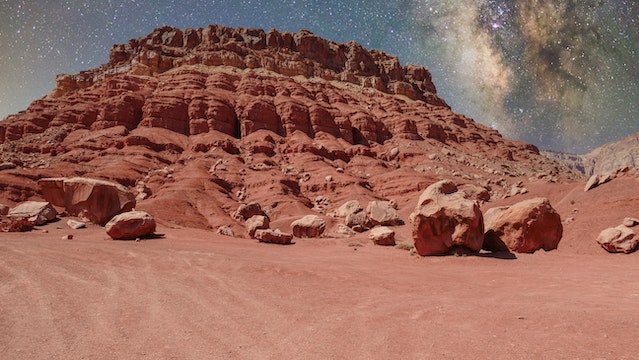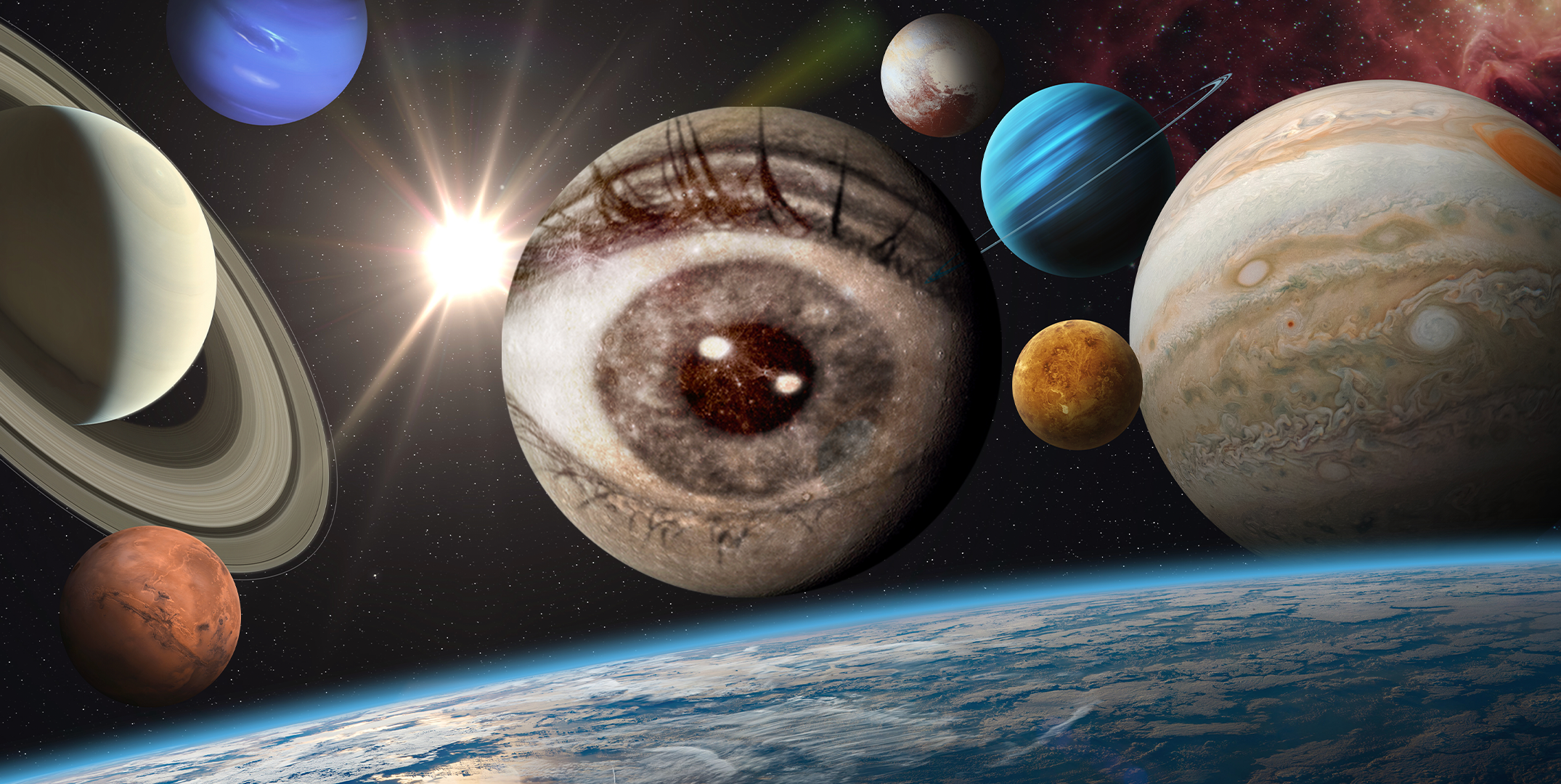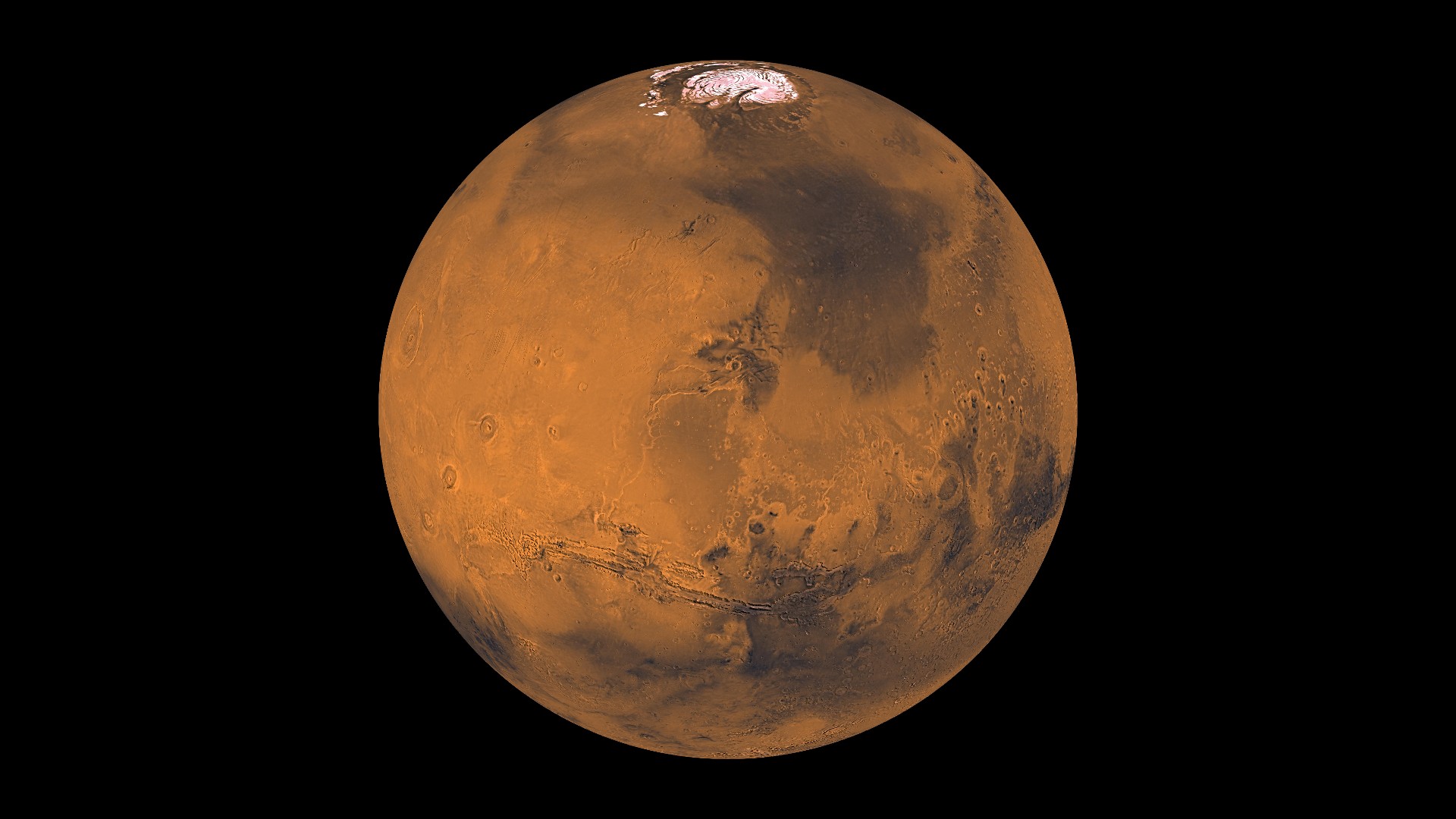When it comes to exploring Mars, NASA follows a meticulous system of geographical naming conventions to map the planet’s surface. Here’s an overview of how NASA assigns names to Martian features:
1. IAU Approval: The International Astronomical Union (IAU) plays a significant role in approving and regulating the naming of celestial bodies and their features, including Mars. NASA abides by the IAU’s guidelines to ensure consistency and international recognition of the named features.
2. Theme Selection: NASA often selects specific themes or categories for naming Martian features. These themes can be based on various aspects, such as geographical features on Earth, mythological names, historical figures, or famous scientists. The chosen themes add depth and context to the Martian landscape.
3. Scientific Significance: Names given to Martian features typically have scientific relevance. They often honor scientists, engineers, and explorers who have made significant contributions to planetary science and Mars exploration. By associating these names with specific features, NASA acknowledges the contributions of these individuals to the field.
4. Regional Naming: Different regions of Mars may follow specific naming conventions based on their geographical location or characteristics. For example, specific craters in a particular region may be named after a specific theme, while valleys or mountain ranges in another region may follow a different naming convention. This approach aids in identifying and categorizing Martian features.
5. Collaboration and Consultation: NASA engages in collaboration and consultation with various stakeholders, including scientists, researchers, and experts in planetary science. This collaboration ensures that the chosen names align with scientific understanding and the goals of Mars exploration.
6. Public Involvement: NASA encourages public participation in the naming process through public contests or outreach programs. This involvement allows individuals from around the world to contribute their suggestions and ideas for naming Martian features. Public participation fosters a sense of engagement and enthusiasm among the wider community.
7. Database Management: To maintain a comprehensive record of named Martian features, NASA maintains databases that catalog and track the assigned names. These databases serve as references for scientists, researchers, and future missions, facilitating effective communication and coordination.
By following these geographical naming conventions, NASA not only provides a consistent and organized system for mapping Mars but also ensures that the named features reflect scientific significance and inspire public interest in space exploration. The careful selection of names and adherence to international guidelines contribute to the global understanding and collaboration in Mars exploration efforts.











